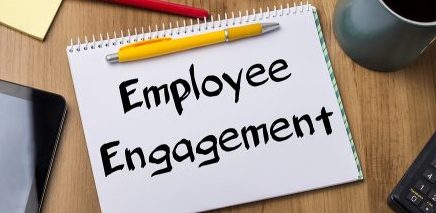With so many organizations focusing on Employee Engagement, why aren’t engagement levels across the world increasing? According to Gallup’s January 2016 article, The Worldwide Employee Engagement Crisis, there are serious and potentially lasting repercussions for the global economy.
Only 32% of U.S. workers were engaged in their jobs in 2015, compared to 31.5% the previous year.
Wikipedia defines an “engaged employee” as one who is fully absorbed by and enthusiastic about his/her work and so takes positive action to further the organization’s reputation and interests.
An organization with “high” employee engagement might therefore be expected to outperform those with “low” employee engagement, all else being equal. In the work I do coaching people, I’ve learned there isn’t always a shared meaning of what engagement means, nor is there a universally understood method for developing it.
In The Best of Gallup Management Journal 2001-2007, Jerry Krueger and Emily Killham describe three types of employees:
- Engaged employees work with passion, and they feel a profound connection to their company. They drive innovation and move the organization forward.
- Not-Engaged employees are essentially “checked out.” They’re sleepwalking through their workday, putting time – but not energy or passion – into their work.
- Actively Disengaged employees aren’t just unhappy at work, they’re busy acting out their unhappiness. Every day, these workers undermine what their engaged coworkers accomplish.
Employee engagement first appeared as a concept in management theory in the 1990s, becoming widespread by the Gallup Organization’s yearly global surveys. Human Resource departments regularly monitor employee engagement and implement programs to improve ratings.
But are employee engagement surveys asking the right questions? How can we discover what truly matters to employees that will lead them to be more fully engaged in the work they do? If two-thirds of a company’s workforce isn’t actively engaged, what should be done to motivate and improve their performance?
These are important questions and ones I’ll address in this series of blog posts. Stay tuned. In the meantime, what’s going on where you work? Are most of your colleagues engaged in the work they do? Are you? Give me a call, let’s talk. I’d love to hear from you. You can contact me here or on LinkedIn.

Did You Enjoy This Article?
Join thousands of other smart business owners like yourself & get our Proffittable Times newsletter.
It's filled with actionable content you can apply immediately.
Sign up now to get started!
– Coach Nancy










